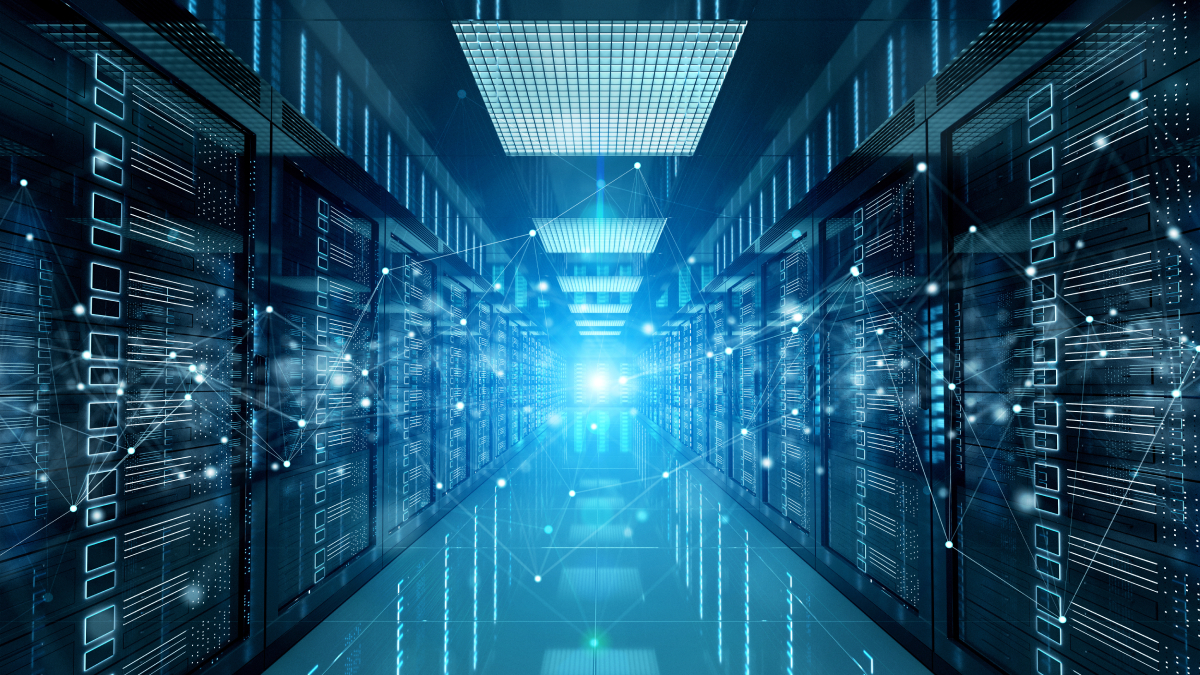As businesses grow, they soon find that their expanding computing infrastructure creates more points at risk of failure. It’s a huge issue for a growing business and one that needs immediate preventative procedures set in place before systems fail and lead to expensive damage.
These points of failure at the edge of the network are where most critical situations can occur rapidly and can often go unnoticed for unacceptably long periods. It could be as simple as unmanned machinery breaking down in a remote location that causes localised machine failure; this can lead in time to wider system failure. Whatever IT you have at the edge of your infrastructure, in many cases this part of the infrastructure has little IT resource or expert staff to dedicate time to keep an eye out and ensure everything is running as planned. The computing taking place at this point in the infrastructure is what we define as edge computing.
Edge computing poses many challenges for most sectors: manufacturing; transportation; retail and telecommunication, to name but a few. Many organisations’ operational functions are carried out with consideration of their direct connection, or proximity, to the data centre.
But, when running applications remotely at the edge, they aren’t always able to utilise the full computing power, or human resource, offered by the data centre. Compromises often have to be made which lead to questions over data integrity and security. And, while these are key factors that are driving the increase in demand for edge computing – effectively pushing the analysis and reporting out to more remote locations – it means that less data has to travel the network, allowing instant reporting and alerting from the edge itself.
Side by side
So how does edge computing work alongside a traditional data centre? Let’s take a factory setting as an example. By having an edge computing solution implemented by the machine where it is working, you avoid latency associated with information travelling to the data centre. Information such as key performance indicators and cost-elements can be drip-fed to the data centre for further analysis. The bulk of the processing can now be carried out at the edge.
The factory setting adds another benefit to edge computing, and that is relating to legacy hardware. Particularly with factory machines, we see that the hardware can be very expensive to update. An edge computing solution can act as an interim, taking the data from the legacy hardware into the data centre, allowing users to see the benefit of data analysis without investing in all new machines for the factory floor.
But edge computing is not just for the factory; the technology can be utilised wherever you have a remote sight away from the data centre. Whether that be water wastewater, oil and gas, retail or warehouse management. One interesting deployment we had at Stratus Technologies recently was an automotive accessory warehouse. They needed an edge computing solution for their warehouse management system in their decentral distribution centre. With over 500 branches across Europe, it was important that they could continue to offer the service their customers expected by making sure their system remained always on – no matter how far away it was from the central data centre.
So, you are looking for an edge computing solution to work alongside your data centre, what should you be looking for? Your edge computing solution should be rugged to ensure it can continue to operate in a non-data centre environment. We see this as a major focus point for the process industries, which often need to deploy computing power in hazardous locations.
It needs to be simple to use and maintain, this removes the cost of having expert IT personnel on-site or sending them to the location. Once installed, you will have complete visibility of all assets, knowledge of how your organisation is running and the insight to make changes resulting in increased efficiency.
Staying secure
There is one very important subject not yet covered when it comes to edge computing – that is security, both cyber and physical. Traditional data centres are inherently secure, normally located in buildings with layers of physical security as well as protection from cyber-attacks. There can be a hesitance to deploy any computing at the edge of the network due to the misconception that edge means less security. However, many remote sites are often unsecure due to the distance from the data centre, leaving the remote location out of sight from the IT auditors. Also, these remote sites were often setup a long time ago, when the technology to secure all operations was lacking.
Therefore, you need to ensure your edge computing platform has the capabilities to make your assets more secure. The deployed solution should have a physical barrier, removing access to drives at the remote site is key for protection. To see the greatest benefit, your chosen solution should opt for an easy-to-configure host-based firewall approach, allowing those non-IT personnel to easily secure their network edge.
At Stratus Technologies, we see edge computing as an extension of the traditional data centre for those organisations with large infrastructures; an affordable alternative to those without and a must-have for any business that wants full visibility of its assets. Edge computing is giving computing power to those on-site operators, wherever they may be, extending the reach and capabilities of the traditional data centre.


